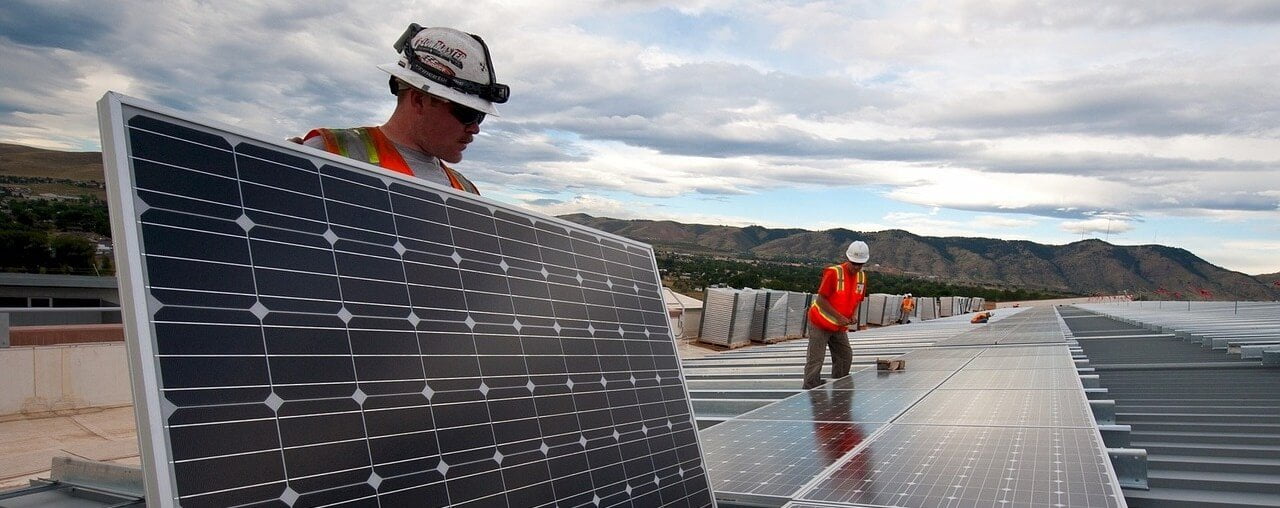The rooftop solar boom could collapse if the Australian Competition and Consumer Association’s proposal to scrap solar subsidies in 2021 – a decade ahead of schedule – is pushed through, industry leaders have warned.
Solar installations declined between 2012 and 2016, but last year saw a big jump, with 1.3 Gigawatts added into the grid. 2018 is already on track to outstrip the previous year with records already broken in Q1 and Q2.
But solar consultant and SunWiz managing director Warwick Johnston said that ending solar subsidies by 2021 will make rooftop solar more expensive. He was reacting to a report issued by the Australian Competition and Consumer Commission, which called for an end to subsidies by 2021.
Mr Johnston said: “Ending the small-scale renewable energy scheme will impact on the price of PV systems and will delay the rollout of solar power systems to Australian homes and businesses.” He said that the ACCC doesn’t consider the benefits that the subsidies have on the markets.
The time to install solar is now, while rebates are still on offer.

Mr Johnston said that the matter needed to be seen in the context that every Australian home and business has saved a huge amount of money because of the reduced wholesale electricity prices due to a large amount of solar supply on the grid. He said that this was fact, irrespective of whether or not they had solar.
Energymatters reported that the manager director of Frontier Economics David Price told the ABC: “The new report is a “political document”. He said proposals are likely to drive investors away from the energy market rather than reduce prices.
The ACCC, however, has a different view on the matter, saying that a big spike in the cost of the subsidy in recent years – including $130 million in 2016-2017 led to higher electricity bills for everyone. The ACCC said it found that may have been the case when the average 3-KW rooftop solar system cost $18,000, but not now that the same system costs about $5,000.
Mr Johnston also pointed out that scrapping the scheme early could also impinge on the very good product quality and installation safety standards due to the link between installer accreditation and subsidy certificates.
Recent figures issued by the Australian PV Institute show that the cumulative installed capacity of PV installations was 7.25 gigawatts, which accounts for 13 percent of national electricity generation and 3.9 percent of total generation of electricity.
As mentioned earlier, solar experienced a decline between 2012 and 2016, but last year rooftop solar surged forwards with 44 percent growth to a total of 779 MW.
Small commercial solar (between 10 kilowatts and 100 kilowatts) grew by 60 percent to reach 331 megawatts, while large commercial and industrial-sized systems (between 100 kilowatt and 5000 kilowatts) grew by 123 per cent to a record 76 megawatts. The main stimulus for the uptake of rooftop solar was the energy price crisis which was triggered by the closure of Victoria’s coal-fired Hazelwood power plant.
Solar subsidies removal would lead to between $15 and $30 saving per year – ACCC
In its report, the ACCC said that if solar subsidies were scrapped by 2021, the average energy user purchasing energy from the National Energy Market would be between $15 and $30 per year better off, depending on the state they are in.
In its report, the ACCC said: “In light of the dramatic reduction in solar PV installation costs, the ACCC considers the case for a subsidy in small-scale solar installations is now weak and is of the view that the SRES should be ended earlier than its currently scheduled end date in 2030.”
Under the current scheme, small scale solar users receive a subsidy for installing rooftop solar schemes either directly or via their installer, who takes the subsidy off their final bill.
Solar lobby fights National Energy Guarantee
The release of the ACCC report comes at the same time as a push by the renewable energy industry to campaign against the National Energy Guarantee. Smart Energy Council chief executive John Grimes is focusing on lobbying the Labor governments in Queensland, Victoria and the ACT to reject the NEG unless the government agrees to lift the 26 percent emissions reduction target.
He warned that the target was likely to be met by about 2020, which would then remove the incentive to build new large-scale renewable generation projects.
“If you are interested in shutting down the renewables industry there is no better policy,” he said.
About Leading Edge
Leading Edge Energy is a commercial energy broker and consultancy firm in Australia. We assist our clients by applying a holistic process for energy cost reduction that includes rates minimization to energy efficiency upgrades to solar generation and battery storage, and more, to make electricity or gas use and costs more manageable for businesses.
To start you off, we’ll go through a complimentary review and assessment of your usage and latest invoices, but you are not obliged to accept any offer we recommend. Call our Energy Experts today on 1300 852 770 or drop us an email at hello@leadingedgeenergy.com.au.













